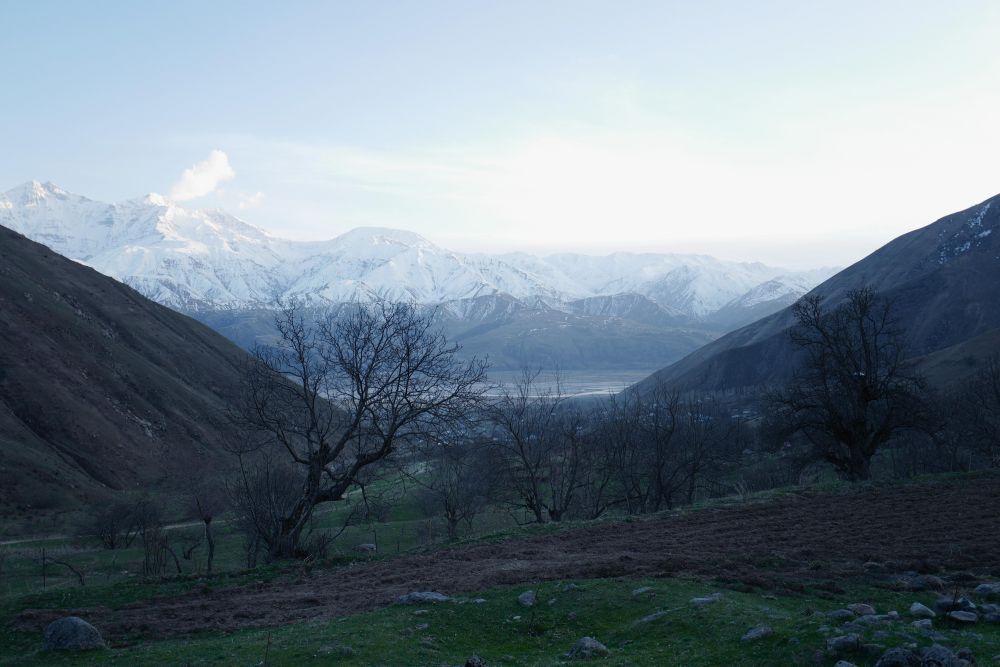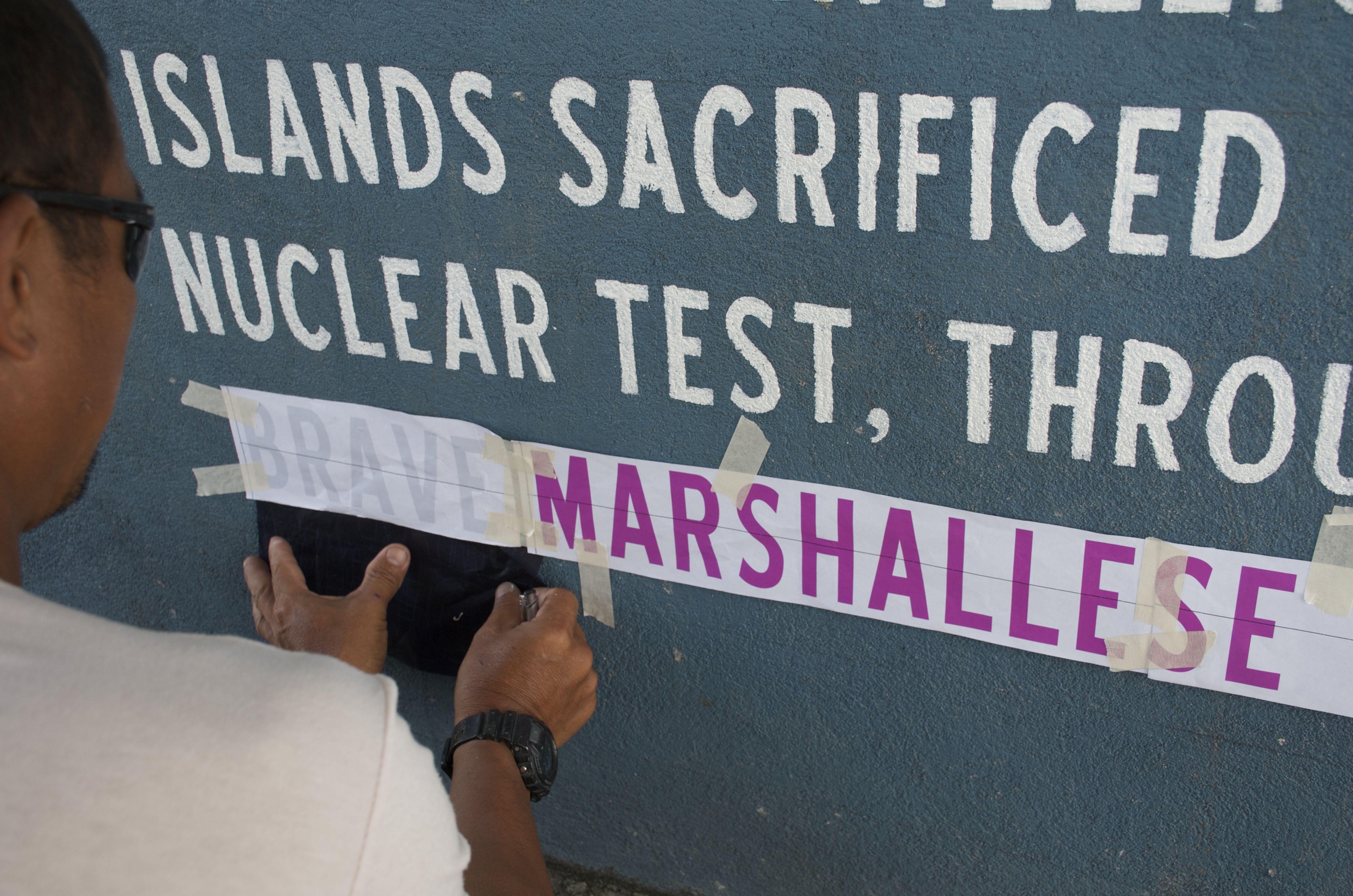The Pulitzer Center on Crisis Reporting is an innovative award-winning non-profit journalism organization dedicated to supporting the independent international journalism that U.S. media organizations are increasingly less able to undertake. The Center focuses on under-reported topics, promoting high-quality international reporting and creating platforms that reach broad and diverse audiences. Click here to learn more about our history.
The Center's educational programs provide students with fresh information on global issues, help them think critically about the creation and dissemination of news, and inspire them to become active consumers and producers of information.
The Center works in partnership with D.C. public schools to organize in-class school visits, innovative class projects, and free lesson plans for teachers. To sign up for the Center's education newsletter, please click here.
This resource is designed to provide you with examples of Pulitzer Center-supported projects that work in tandem with tenth grade history curriculum outlined by D.C. Public Schools and the Office of the State Department. Please review the list of selected projects below, some of which have associated lesson plans, to see if they may support the units you are already planning. You can also use the Lesson Builder to quickly search through more of our projects by country, topic and media. Once you have identified resources, the Lesson Builder can be used to quickly create a lesson plan for your students.
Examples of Projects Without Associated Lesson Plans
1. The Megacity Initiative by Matthew Niederhauser and John Fitzgerald
- Standard: 10.12. Students analyze major developments in Asia since World War II.
- Description: The Megacity Initiative is a multimedia project exploring the impact of rapidly growing urban areas in nations like China and India.
2. Boycott, Divest, Sanctions by Oren Rudavsky
- Standard: 10.15. Students analyze the major developments in the Middle East since World War II (Strand 3- Trace the attempts to secure peace between Palestinians and Israelis.)
- Description: The project Boycott, Divest, Sanctions portrays the popularity on college campuses and in religious institutions across the country to divest money from organizations that they believe support the building of settlements in the West Bank.
3. The Labor Train by Tim Brown, George Butler and Joseph Schottenfeld
- Standard: 10.16. Students analyze aspects and impacts of globalization since World War II. (Strand 4: Describe the movement of people (labor) to find better employment opportunities and the transfer of skills back to developing countries.)
- Description: The Labor Train is an intimate profile of labor migrants making their way to Russia by train and bracing for—sometimes looking forward to—work and life in Moscow.
Examples of Projects with Associated Lesson Plans
1. Lesson Plan: Nuclear Testing on the Marshall Islands
- Standard: 10.10. Students explain the causes, major events, and global consequences of the Cold War. (Strand 5. Explain the impact of the defense buildups)
- Description: The project, The Ends of the Earth, describes the history of the relationship between the Marshall Islands and the U.S. Seven decades ago the Marshall Islands felt what nuclear war would be like. This century, they're grappling with the legacy of bomb tests conducted by the United States—while staring down a new threat driven by climate change. The lesson plan above introduces students to the impacts of nuclear testing in the Marshall islands.
2. Lesson Plan: Reporting Violence in Kenya and in My Own Community
- Standard: 10.11. Students analyze major developments in Africa since World War II.
- Description: The video project How Al Shabaab Keeps Kenya in its Crosshairs by Zach Fannin and Nick Schiffron describes the factors that have led to the rise of extremist Islamic groups in Africa. The lesson plan above guides students through an analysis of two videos exploring how governments and communities have played a role in the rise of Al Shabaab in Kenya. It also asks students to factors that lead to violence in their own communities.
3. Lesson Plan: Debating the Global Land Rush
- Standard: 10.16. Students analyze aspects and impacts of globalization since World War II. (Strand 7: 7. Explain how gaps between rich and poor countries, and rich and poor people within countries, have grown, and describe the policies that are designed to alleviate poverty)
- Description: The lesson plan above introduces students to the project The Great Land Rush from the Financial Times. Through reading, writing and discussion, students explore how Ethiopia, Indonesia and Myanmar have been impacted by the international desire for their land and resources.
The resources attached have been identified as projects and lesson plans that connect with tenth grade history standards outlined by the D.C. Public Schools and the Office of the State Superintendant. These are only a few of the many projects and lesson plans that align with the standards for tenth grade teachers. Please contact [email protected] for support in continuing to identify reporting that aligns with what you are teaching.













